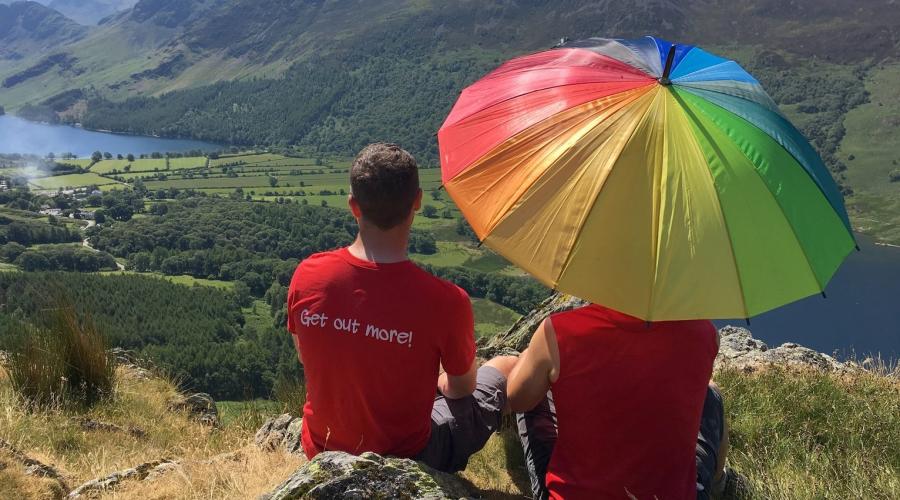Historic Bury St Edmunds and Ickworth Park
11 people attending
14 places left
This walk is based in and around the historic town of Bury St Edmunds in Suffolk. Once home to one of the most powerful monasteries in medieval Europe, Bury St Edmunds has some extraordinary architecture, including St Edmundsbury Cathedral, Abbey Gardens and West Stow; an ancient Anglo-Saxon village. We will head into the town passing the Abbey Gardens, walking south to cross the River Linnet and on into Harwick Heath picking up part of the St Edmunds way path.
We then start to head west towards and into the village of Horringer (A likely pub stop) and on into Ickworth Park (National Trust) There is an entry free of £6.00 for the park and gardens/ £3.85 during winter. We will stop and have lunch in the park- there is a café in the house so we will likely stop nearby for lunch.
We will continue south and west through the park passing the walled garden before heading north along the perimeter. Alternatively for anyone feeling particularly energetic there is a trim trail.
On leaving the park we will head east towards the town on Westley Road and then pick up the path running alongside the River Linnet and then exiting onto Cullum Road and heading north in to the town centre. Here we will pass ‘The Nutshell’- recognized as Britain’s smallest pub in the Guinness Book of Records, although perhaps we could find a slightly larger one we could all squeeze into before heading back to the station.


What to bring
For most walks in the SE you don't need specialised kit, but do keep in mind the following:
Boots: Hiking boots that are both waterproof and breathable, and provide good ankle support, are important as soon as you encounter any mud. Cross trainers may suffice in good weather and flat routes.
Socks: Proper walking socks keep your feet dry, and help prevent blisters.
Walking Trousers: (ideally water resistant) will be more comfortable than Jeans which are heavy and cold when wet. From April to October shorts are usually a better bet.
Waterproof Trousers: essential in any significant rainfall. Breathable ones are best.
Layered clothing: allows you to quickly adapt to changes in the weather as well as body temperature. E.g. a base layer or a cotton T-Shirt; a mid layer like a micro fleece, or a rugby type thick shirt, and in cooler weather an outer layer consisting of a windproof jacket or a thick fleece.
Waterproof Jacket: essential when hiking in all but the calmest of weather. You get what you pay for with these. Breathable fabrics are advisable.
Hat: essential both in mid winter to preserve heat and in summer to prevent sunburn and heatstroke.
Gloves: essential in frosty weather.
Rucksack: One that is comfortable to wear is essential so that you can use your arms freely. Place valuables in water proof bags inside.
Sunglassses: comfortable sunglasses enhance your pleasure and keep insects out of the eye
Water: even in winter one can loose a litre or more of fluid by perspiration. If you fail to make this up you'll get dehydrated which can lead to headaches and other problems. A hydration bladder is easier to use than bottled water but higher maintenance.
Food: a packed lunch will be required unless otherwise stated. In addition carry energy bars or similar to counter 'sugar lows'.
Medicines: If you have allergies, are diabetic, or have minor ailments don't forget these.
16861
Food & drink
You can get lunch in the cafe or bring a packed lunch.